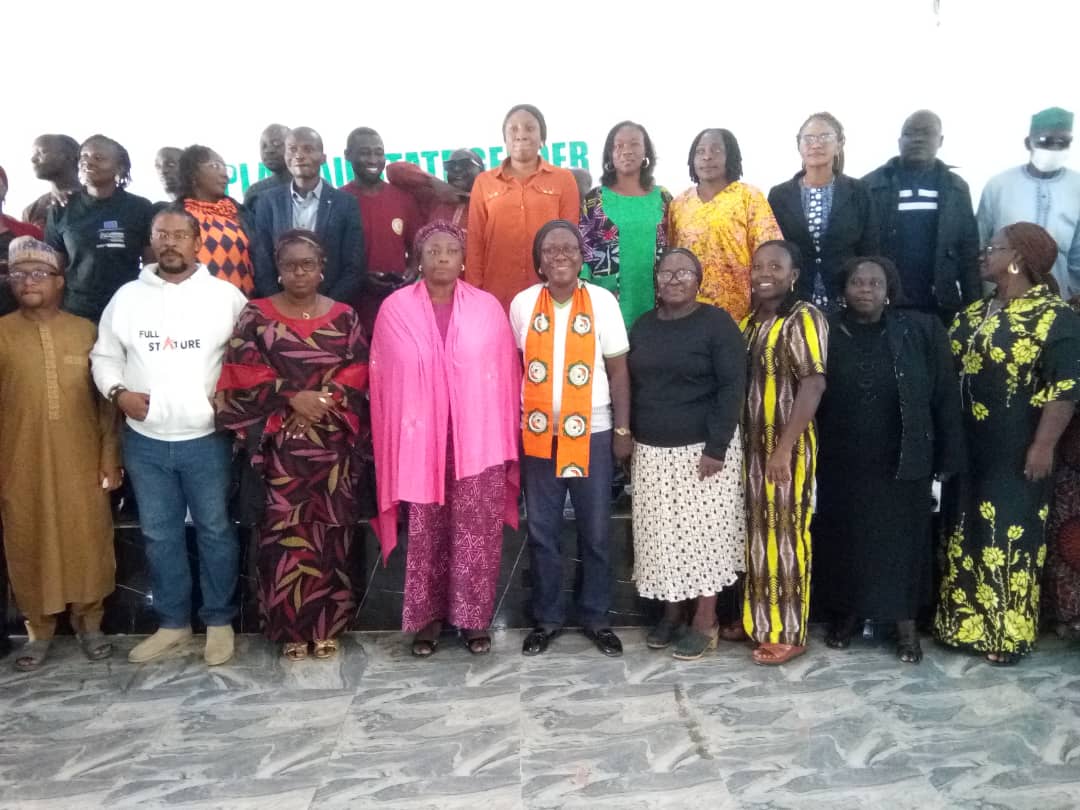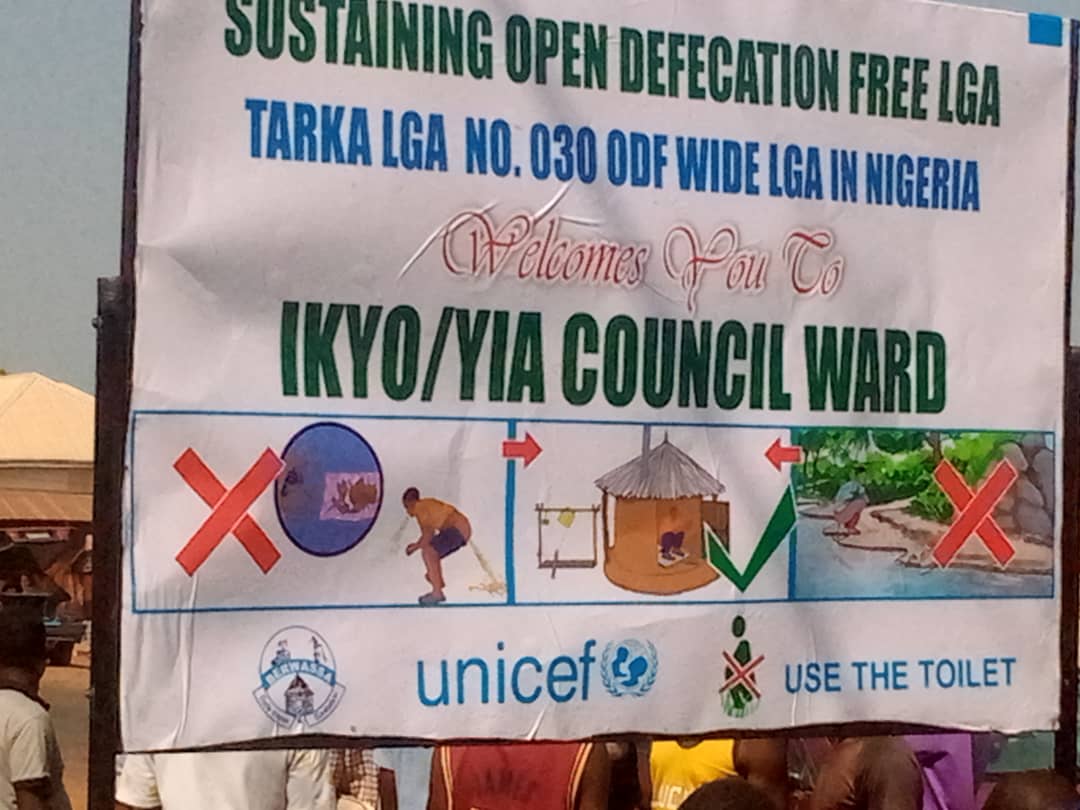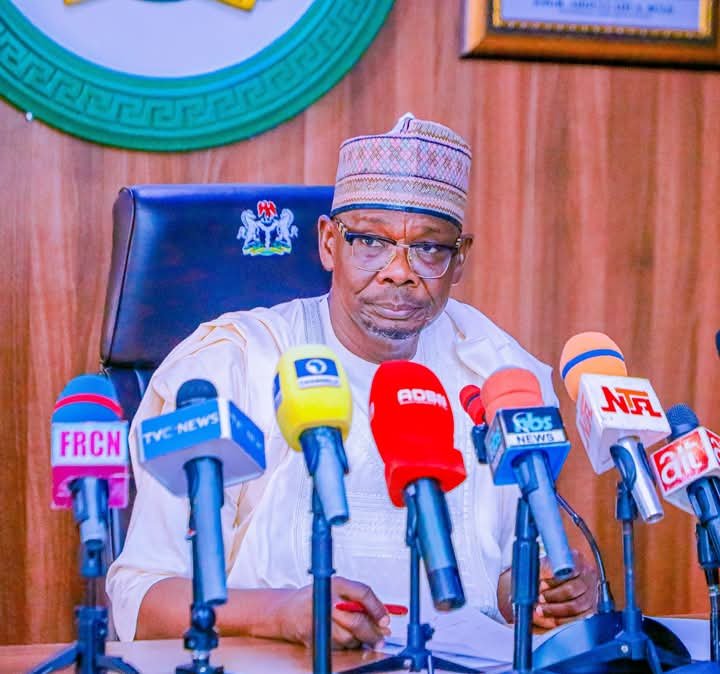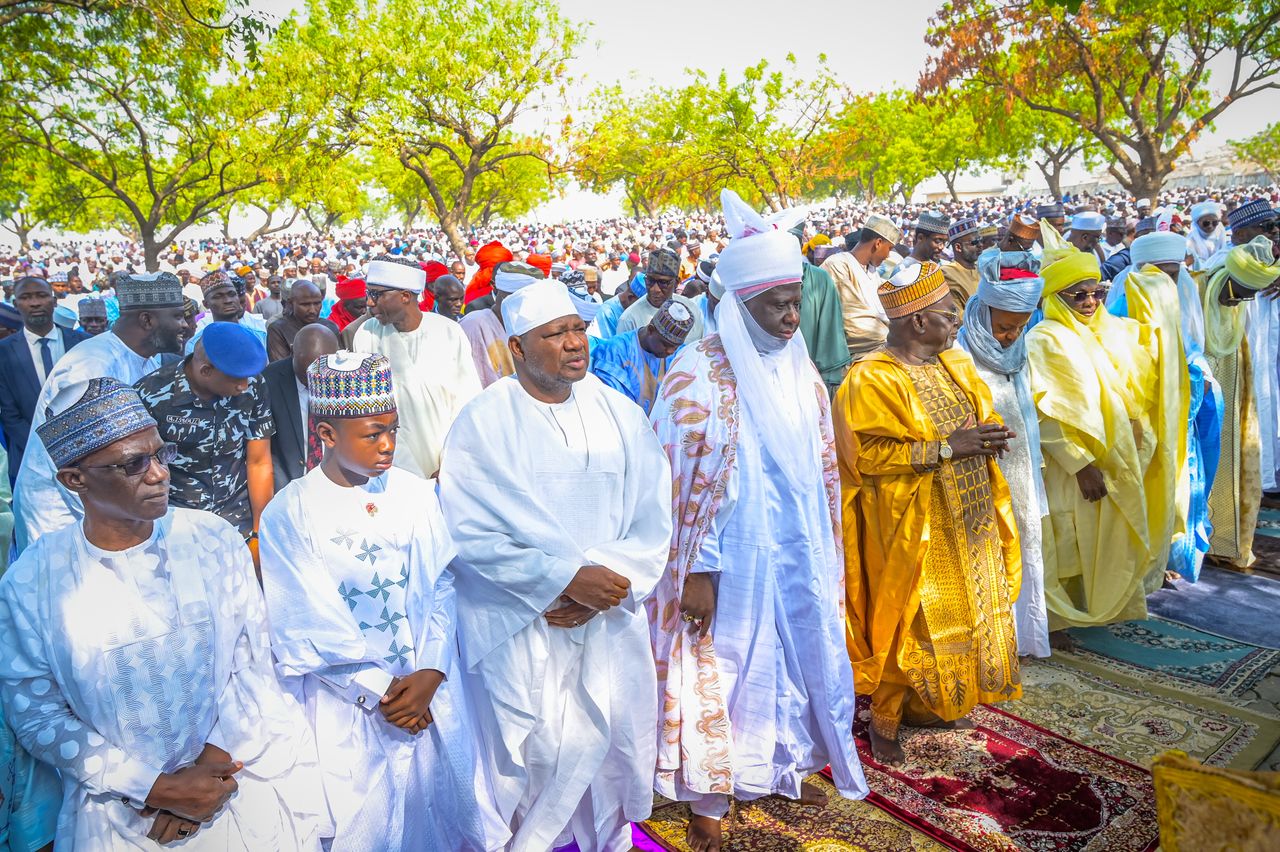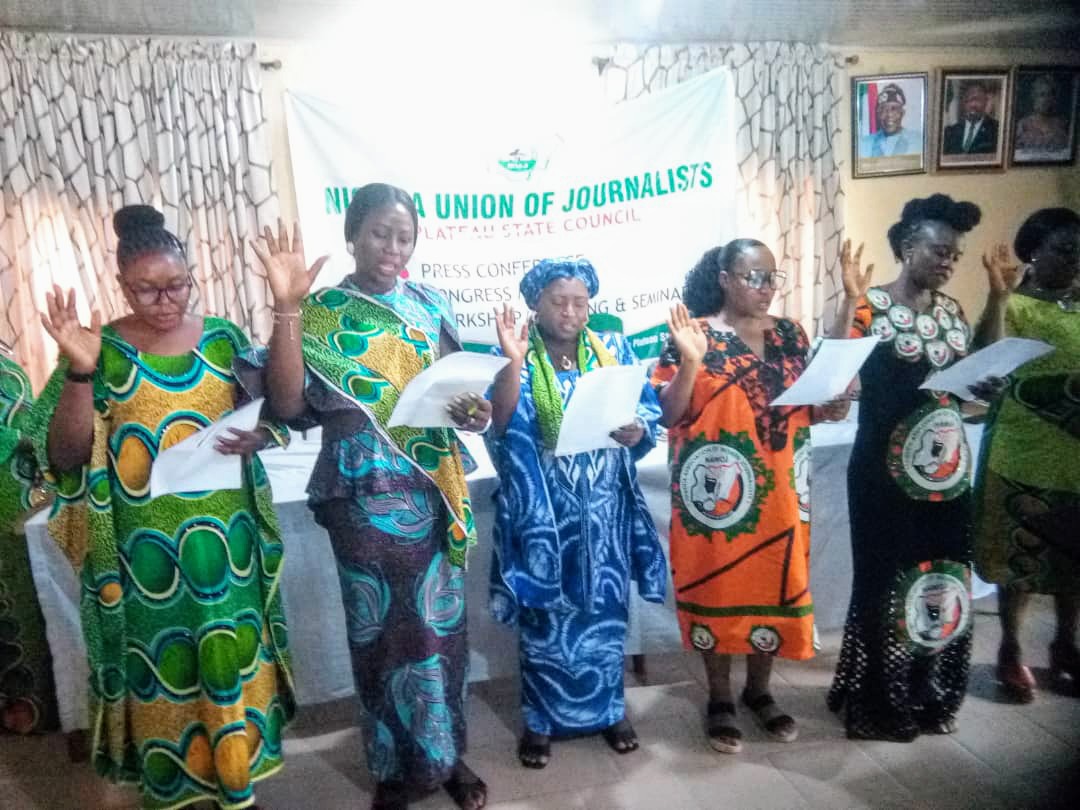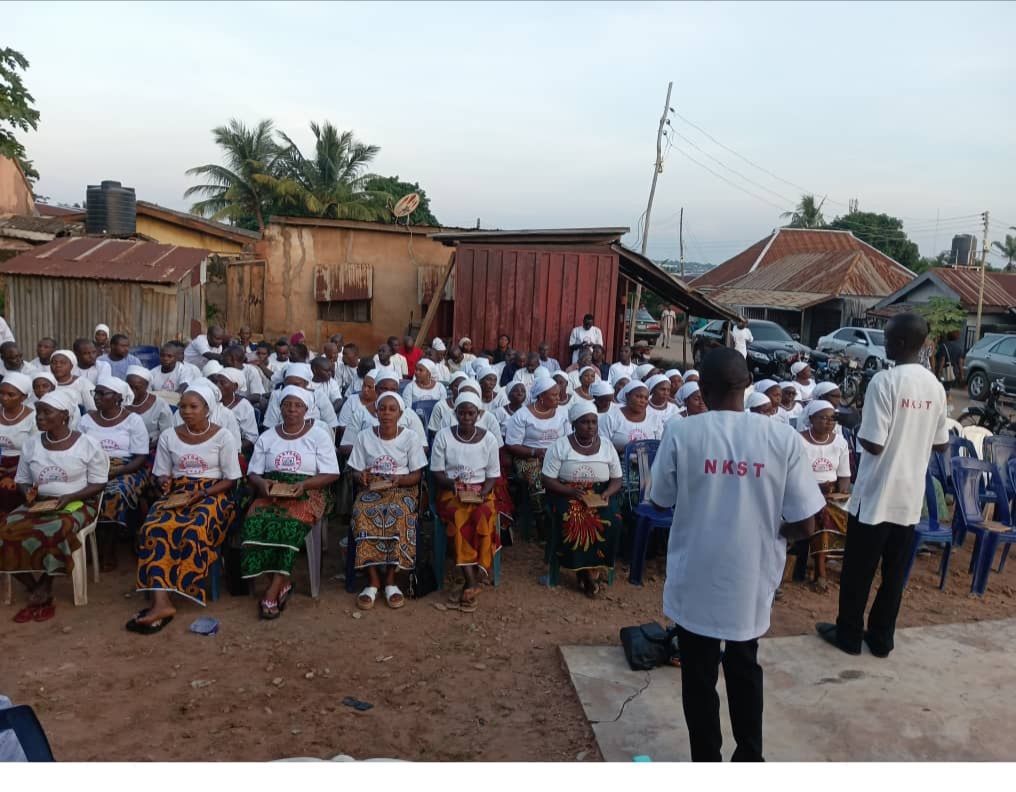Farmers in Nasarawa State have recorded a significant increase in rice yields with the adoption of climate-smart technologies and Good Agronomic Practices (GAPs).
The Evidence-Based Regenerative Agriculture to Address Climate Change in Africa project is funded by the Japan Policy and Human Resource Development Grant (PHRDG) through the African Development Bank (AfDB), had trained over 5000 rice farmers in the state on improved farming techniques, resulting in a bumper harvest.
The project, implemented by Sasakawa Africa Association (SAA) Nigeria and partners, the International Institute of Tropical Agriculture, IITA, Softbank, Technologies for Africa Agriculture Transformation TAAT and Excellence in Agronomy EiA to promote regenerative agricultural practices with the target to increase crop productivity, household incomes, food and nutrition while adapting to the effects of climate change.
This was disclosed at the 2025 PHRDG-1 Mega Farmers Field days in Yalwata Wuji and Assakio communities of Lafia Local Government Area (LGA) of Nasarawa State.
A beneficiary, Abdullahi Ibrahim, said the project has transformed his farming business.
He explained that before Sasakawa’s intervention, he was broadcasting fertilizers on his farmland, which resulted in waste and contributed largely to the negative effects of climate change.
“We were taught that broadcasting fertilizers destroys soil nutrients. Previously, I would harvest 2-3 bags of rice from broadcasting a full basin, but with the new technology of burying fertiliser in the soil, I now harvest over 10 bags from just 16 kg of rice,” he said.
According to him, the training on planting rice on nursery beds before transplanting had also significantly improved his yields.
Another farmer in Assakio community, Lafia LGA, Abdullahi Yusuf, said before Sasakawa’s intervention, he was cultivating rice using the broadcasting method, yielding only 7-8 bags per 1.5 hectares.
Yusuf stated, however, that after receiving training on nursery bed cultivation and transplanting, he has seen significant improvements.
“I’ve reduced my seed usage from 100kg to 10 Kg and increased my harvest to 16-17 bags.
“Sasakawa provided us with free seedlings, chemicals, and fertilizers. We have formed cooperative societies, and I am now able to share seedlings with other farmers or sell them. I’ve also trained others in this new farming system,” he said.
He said that the increase in the yields of his rice farm was a testament to the project’s success, saying it was improving livelihoods and ensuring food security in the State and country at large.
Also speaking, the Director of Technical Services, Nasarawa State National Agricultural Development Programme (NADP), Daniel Bature, said the state was working to improve farmers’ access to high-quality seed varieties and extension services in a bid to increase food production and improve livelihoods.
Bature said the state’s partnership with SAA has shown promising results, with farmers experiencing significant increases in yields.
” One farmer reported harvesting 16-17 bags of rice after receiving training on nursery bed cultivation and transplanting, compared to 7-8 bags previously,” he said.
He assured of sustainability that would ensure the impact of the PHRDG project extends beyond the project’s lifespan.
The Country Director of SAA, Dr Godwin Atser, represented by the SAA Nigeria facilitator of the PHRDG Project, Alhaji Idris Garko, in a presentation, explained that human activities were exacerbating climate change, particularly in the agricultural sector, namely deforestation, improper fertiliser application and automobile emissions.
According to him, these were major contributors to global warming, leading to dry spells, droughts, and reduced agricultural productivity.
Dr Atser said the project had introduced climate-smart agricultural practices, including the use of biochar and Urea Deep Placement (UDP) technologies.
“Biochar, made from rice husk, improves soil structure, water retention and reduces erosion, while UDP involves using tablet-form urea that releases nutrients gradually, reducing waste and environmental impact.
“Several demonstration farms have been set up to compare the effectiveness of these technologies against conventional farming practices. The project aims to measure greenhouse gas emissions and determine the most sustainable approach,” he said.
The State facilitator said 5,119 rice farmers drawn from across three LGAS in the state, including Lafia, Doma and Akwanga, have adopted the climate-smart technologies and were already giving testimonies of improved yields.
He, therefore lauded the farmers for paying attention to the training on new farming practices, even as he said the project was for three years.
Similarly, the TAAT-PHRDG Project Coordinator, Razack Adeoti, said the International Institute of Tropical Agriculture (IITA) initiated the climate-resilient agriculture project in partnership with the African Development Bank and with financial support from the Japanese government.
He said the project aims to improve agricultural productivity and food security in several African countries, including Nigeria, Benin and Ethiopia.
“In Nigeria, the project focuses on rice and maize technologies, while in Benin, it concentrates on rice. In Ethiopia, the project targets wheat production.
The initiative seeks to enhance the resilience of farmers to climate change and improve their livelihoods,” he added.
On his part, the Technical Coordinator, Regenerative Agriculture, Dr Bello Shehu, expressed happiness that the project was equipping farmers with the knowledge and skills needed to improve their productivity and livelihoods.
He said the project’s objective was not only to introduce new technologies but also to ensure their adoption and scaling out to other farmers.
He noted that proper technology adoption was important as it demonstrate the project’s impact and potential for sustainable growth and development in the agricultural sector even after expiration of the project.


